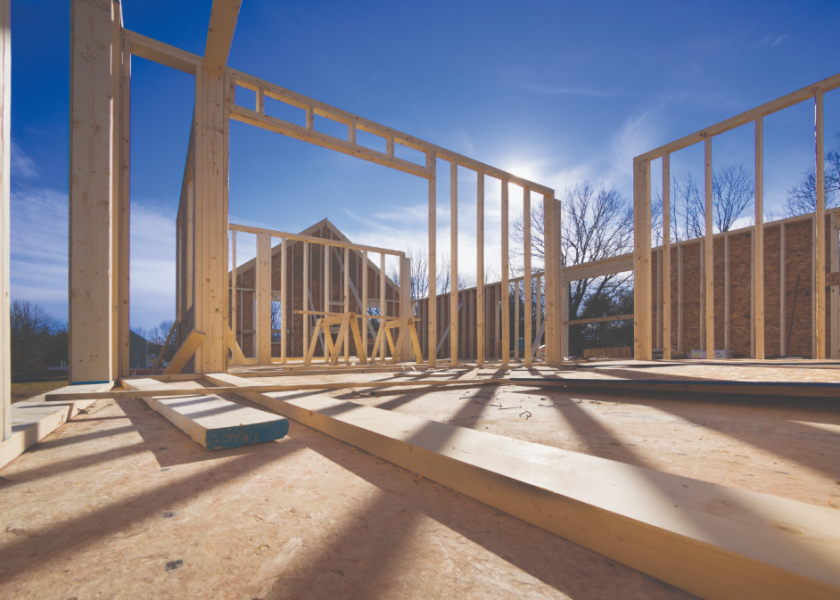Can insurers come together with the construction industry and help the UK become carbon zero by 2050?
25/01/2021

Dominic Lion, associate director at insurance broker and risk management expert Gallagher, outlines why insurers should reconsider the risks associated with insuring timber framed properties.
“As an insurance broker working in real estate and construction for a number of years I have watched recent developments in the timber sector with huge interest. Firstly, because of how the increased use of timber can help the construction industry meet the ambitious carbon targets set by the Government, and, because the sector has made huge progress in recent years, which I believe should start to positively impact insurers views.
The bottom line is, for the construction industry to reach carbon neutral status by 2050, it has to change its current extensive use of unsustainable materials. At present, timber construction counts for a tiny percentage of building projects in the UK, whereas many countries, including Scandinavia and the US, have adopted using timber in property construction much more readily; the UK needs to follow suit. Furthermore, increasing the use of timber will enable the industry to take a huge step forward to delivering against the ‘build build build’ reforms and associated sustainability goals set out in June by the Government.
In recent times, there has been a noticeable sea change in the attitude towards timber frame amongst real estate owners and developers in the UK. There is clear recognition that the real estate and construction market, one of the largest producers of CO2 in the UK, has a major challenge ahead in order to reach carbon zero by 2050 – and building in timber, due to its embodied carbon, has to play a huge role in reaching that target.
However, a major factor preventing construction companies from increased use of timber, is the continued high cost of insurance for timber, compared to those using traditional materials.
Gallagher has been working closely with Time for Timber, a thought leader in timber construction, and the Structured Timber Association (STA), which represents businesses operating in the timber construction industry, to help evidence why insurers should review their thinking.
One of the most significant concerns insurers have is around the increased risk of fire. Whilst legitimate, insurers are lagging behind in their understanding of how the latest materials and fire engineering methods are reducing this risk.
To evidence, the STA undertook research into this issue. It ran multiple full-scale fire tests to EN1365 on different timber frame systems; comprising walls with insulation and plasterboard variability and even penetrations in the walls for sockets. The European standard was chosen as it is seen within the industry as the ‘gold standard’ of fire testing. The outcome has resulted in a robust comprehensive suite of evidence-based solutions for timber frame systems that will deliver high levels of resilience and quality of fire safety, all comfortably complying with EN Standards.
In my view this research (along with ongoing further research) provides convincing evidence that the timber industry is leading the way when it comes to fire protection, regulatory compliance and frankly, all round best practice risk management on a construction site.
Gallagher has significant experience in the sector, and we are constantly looking for ways to work with the wider insurance industry to educate it on the steps the timber sector is taking to make timber safer and, as a result deliver more economically viable premiums.”
This article first appeared in Insurance Times on 9th November 2020.